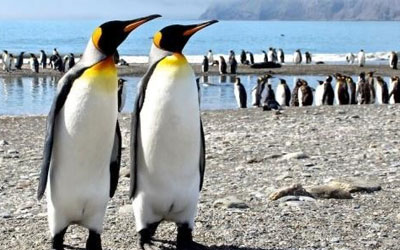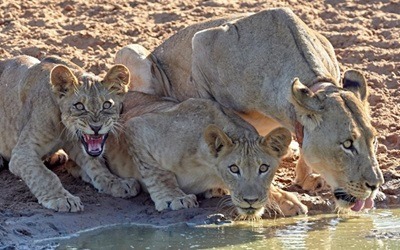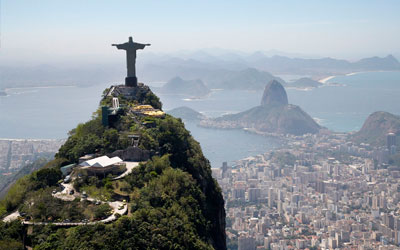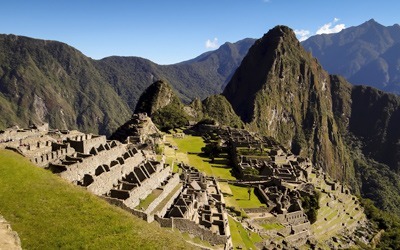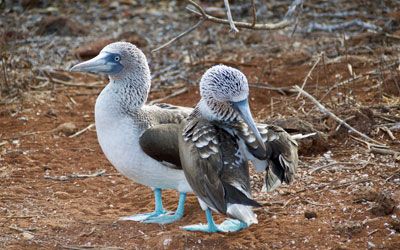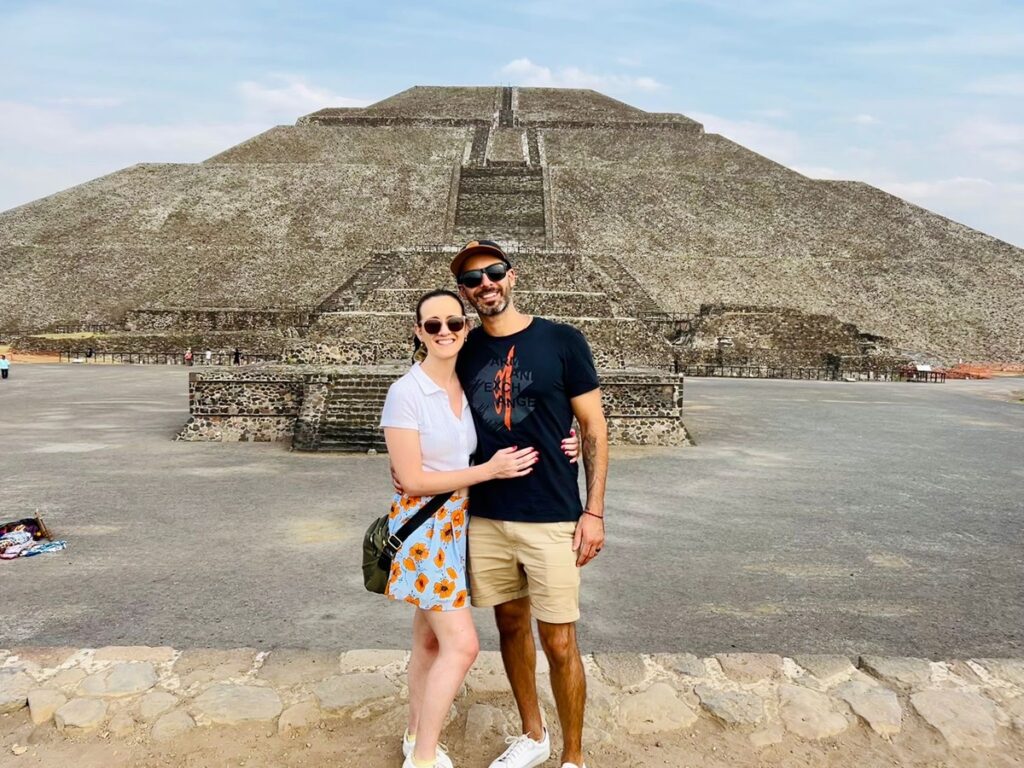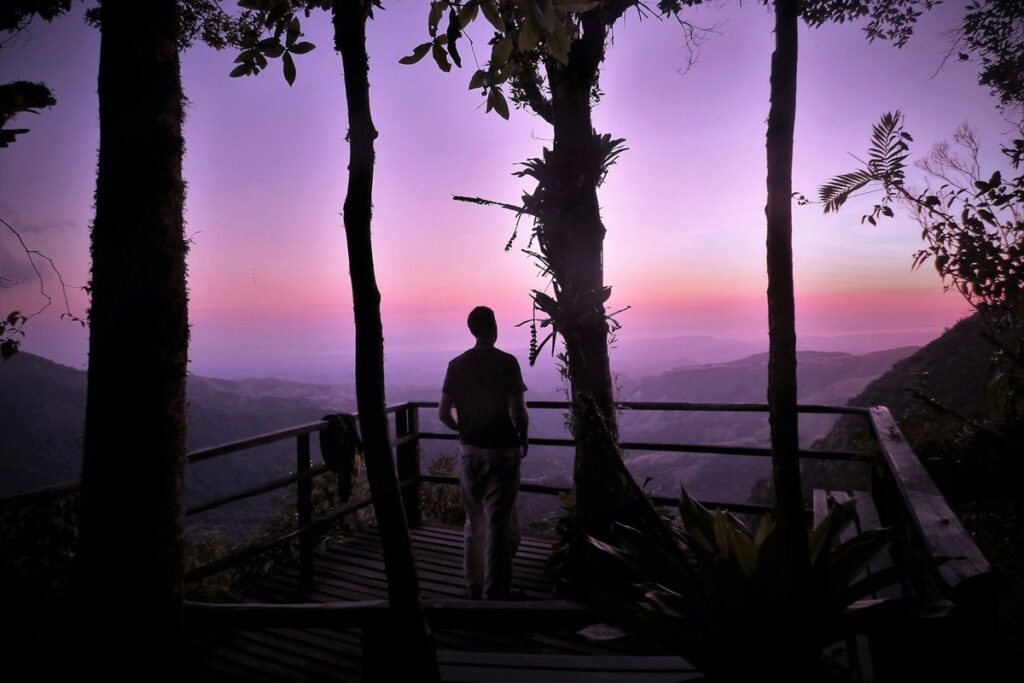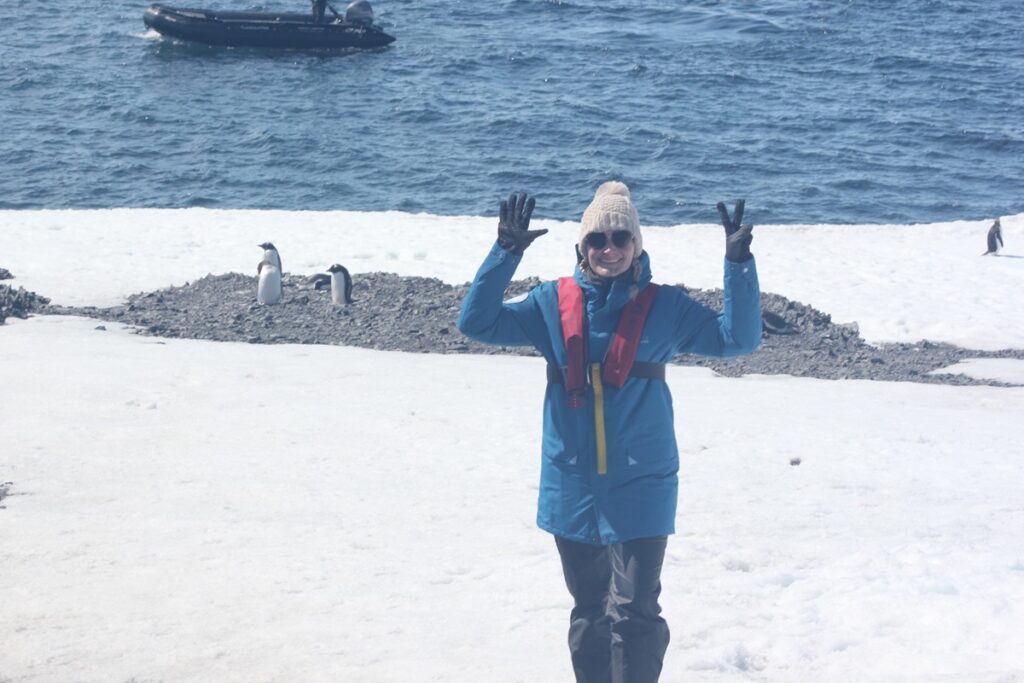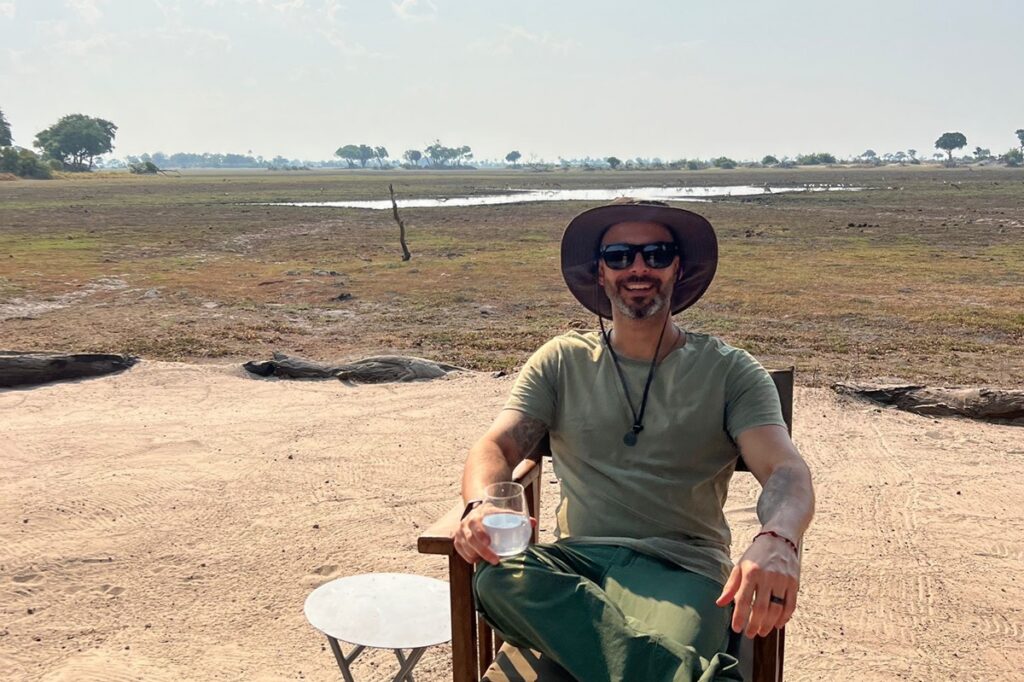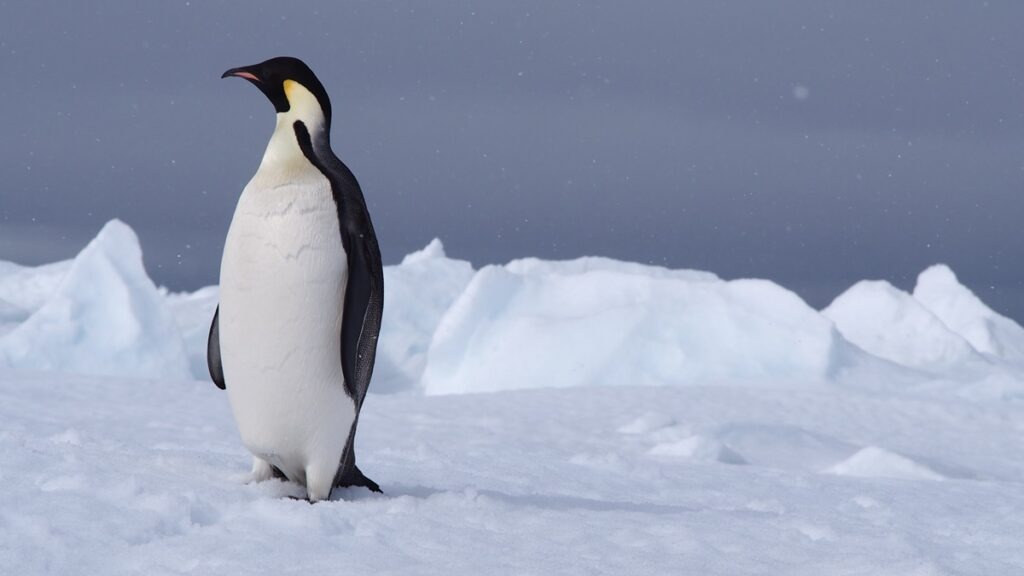Eclipse Travel will help you fulfil your travel dreams of experiencing some of the world’s most remote and amazing destinations. Our travel experts are all specialists in tailor-made Central and South America Holidays as well as the Polar regions and African Safaris, and are here waiting to help. Choose from our selection of inspiring itineraries, or let us know your requirements and Eclipse Travel will be happy to design a perfect itinerary to suit your interests, dates and budget. We are ready to help, no obligations.
All you have to do is tell us where you want to go.
Popular Destinations
Awesome Antarctica
Discover the spectacular Seventh Continent on your choice of our small vessel expedition cruises.
Amazing Africa
Explore the spectacular scenery and and diversity of culture this fascinating continent has as you marvel at the exotic wildlife abundant on safari.
Sensational South America
Embark upon an adventure across this diverse continent that boasts jaw-dropping landscapes, vibrant cultures and exotic wildlife.
Trips you may be interested in:

Africa Encompassed
If you're looking for the ultimate adventure combining South Africa, Botswana, Zimbabwe, Kenya and Tanzania, this 24-day itinerary will exceed…

Spectacular Rio, Iguazu, Buenos Aires & Antarctica Adventure
Embark on an unforgettable South American adventure! Begin in the vibrant city of Rio de Janeiro, where you'll visit iconic…
Featured Adventures
Antarctica from Australia & NZ
See pristine wilderness and abundant, unique wildlife without having to pass through other countries. See Antarctica this year.
Greenland Solar Eclipse 2026
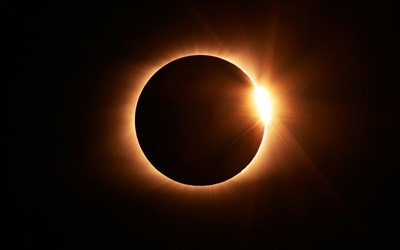
Experience one of nature’s most dazzling phenomena in one of the world’s most awe-inspiring destinations.
Last Minute Arctic Deals!
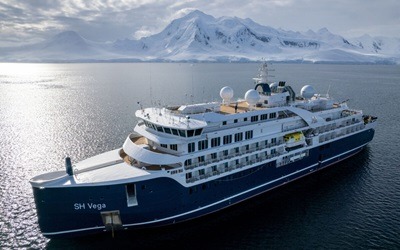
Incredible las minute deals aboard SH Diana and SH Vega to discover the remote beauty and history of The Arctic in 2024!
Best of Southern Africa

This 15-day adventure will amaze you with the diverse wildlife, landscape and culture of South Africa, Botswana and Zimbabwe.
Best of South America
This 20-day journey will take you across Argentina, Brazil, Chile and Peru. Enjoy one of our favorite South America trips!
Galapagos Specials
Explore the wonders of the Galapagos Islands with our current special offers, giving you an unforgettable experience at unbeatable value.
Peace of Mind
- Eclipse Travel is Australian & New Zealand owned and licenced, and an ATAS accredited Travel agent.
- 24/7 emergency numbers and local contacts provided while abroad
- We can take the stress and hassle out of arranging visas for your holiday
- No currency surcharges. Once your deposit has been paid that price is guaranteed
Specialists
- We know our destinations and have travelled extensively in them
- Guaranteed quick professional responses from our consultants
- We conduct regular checks of the destinations, hotels and services we use to ensure quality
Authentic Travel
- Tailor-made itineraries designed around your requirements
- Select your preferred style and standard of accommodation
- Great itineraries taking you beyond the major highlights
- Responsible travel: we invest money into the environment and local communities of our offered destinations


